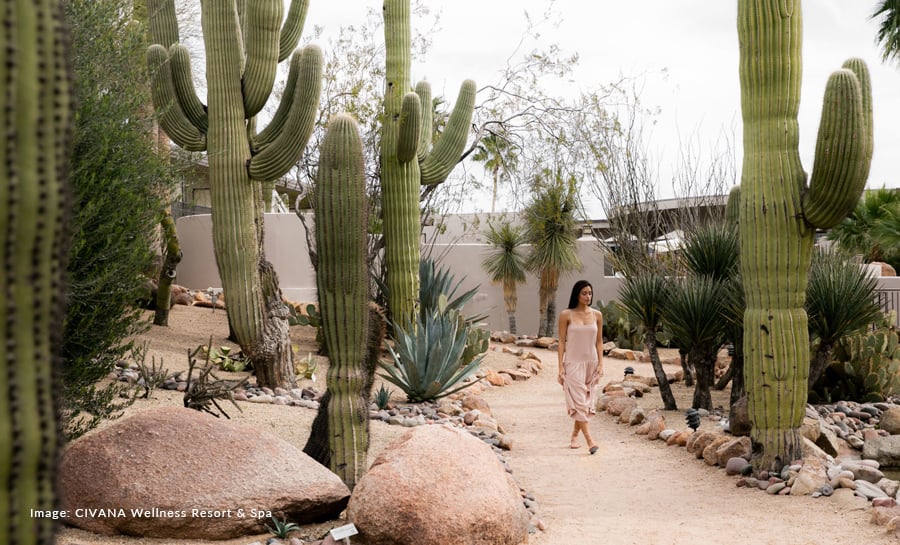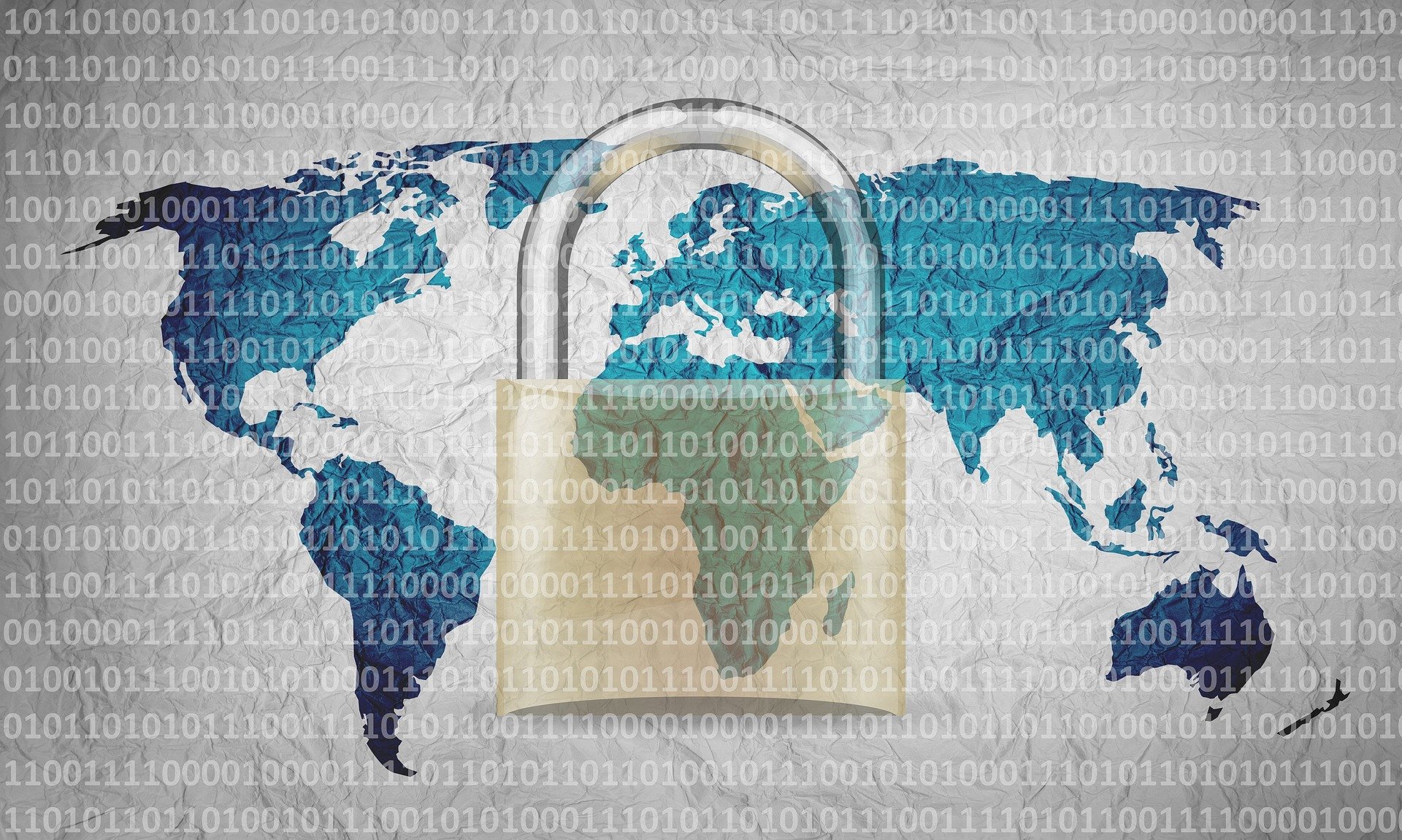Happiness Comes from Our Connections to Each Other
“I would say that 95 percent of things that are effective in making people happy and that have been shown to be true through happiness interventions are because they make people feel more connected to other people.” — Sonja...

“I would say that 95 percent of things that are effective in making people happy and that have been shown to be true through happiness interventions are because they make people feel more connected to other people.” — Sonja Lyubomirsky, PhD, author of The How of Happiness
I’ve found myself reflecting on this quote a good bit since reading it in the New York Times Magazine’s recent “Happiness Issue.” It’s a strong rebuke to a culture that seems fixated on individual achievement, personal growth, and self-optimization over community, where loneliness has become the norm.
 By this point, most of us are aware of the irony of this happening at a time when we’re more connected than ever – to information, to entertainment, and to other people. Some of these connections are even substantive – video chats with far-flung family members, for instance, or texting with a close friend. But many are not.
By this point, most of us are aware of the irony of this happening at a time when we’re more connected than ever – to information, to entertainment, and to other people. Some of these connections are even substantive – video chats with far-flung family members, for instance, or texting with a close friend. But many are not.
It’s telling that we’re now hearing stories of people forming deep emotional bonds with digital approximations of humanity such as AI chatbots. Such bonds reveal the depth of our need to connect. And digital companions make it easy. Human relationships can get messy. Interacting with a bot is predictable and friction-free.
They offer comfort – but without vulnerability. Attention – but without judgment. Companionship – but with the unpredictability that makes human relationships both challenging and profoundly meaningful. And beautiful. And of infinite worth.
A Return to Embodiment
One thing that makes screens so powerful is how we experience ourselves primarily as minds floating through digital space while our physical selves fade into the background. We no longer notice our breath, our posture, our material presence.
So is it really any wonder we become disconnected with others? True human connection is an embodied experience. We share physical space. We make eye contact. We read facial expressions and other nonverbal cues. Our bodies have evolved over thousands of years to recognize and make meaning of these signs.
 And perhaps this points to one reason why yoga has become so popular – and powerful – right now: It serves as an antidote to this modern disembodiment. For at its core, yoga is a practice of coming home to the body – of noticing sensations, understanding how emotions manifest physically, and cultivating presence in the now.
And perhaps this points to one reason why yoga has become so popular – and powerful – right now: It serves as an antidote to this modern disembodiment. For at its core, yoga is a practice of coming home to the body – of noticing sensations, understanding how emotions manifest physically, and cultivating presence in the now.
This doesn’t just benefit us as individuals. It fundamentally changes how we are in our relationships. Becoming more attuned to ourselves, we can become more attuned to others.
Indeed, as we’ve noted before, the very first yoga sutra says plainly, “Now, let us study yoga.” Note the word “us.” Yoga is to be done in community – bodies moving and breathing together in a shared physical space.
The lessons learned on the mat have every place in the world beyond it – and real benefits. Science has consistently shown that social ties are linked to longer lifespans, greater resilience to stress, lower rates of anxiety and depression, better immune function, and better cognitive health as we age.
Even loose social ties have their benefits – those casual connections with acquaintances, neighbors, and familiar faces we see as we go through our daily routines. Think of the barista who remembers your order; the crossing guard who waves to your children; the fellow dog-walker you may chat with in the park. These peripheral relationships create a web of belonging that grounds us in our communities.
For many of us, it took the pandemic lockdowns to realize just how important these seemingly minor exchanges are to our mental health. Without them our worlds contracted – sometimes dangerously so. The challenge now is to find our way back to authentic connection in a world engineered to keep us ever more engaged with screens than with each other.
It’s not that we have to reject technology. It’s that we need to make room to connect with each other, building community and practicing the increasingly rare art of undivided attention.
Helping Children Learn to Connect with Others
 When children see us regularly engaging with others – neighbors, workers, other parents at the playground – they absorb the implicit message that connecting with others is normal and valuable. They learn just the opposite if they see us constantly with phone in hand, our eyes fixed on the screen as we eternally scroll.
When children see us regularly engaging with others – neighbors, workers, other parents at the playground – they absorb the implicit message that connecting with others is normal and valuable. They learn just the opposite if they see us constantly with phone in hand, our eyes fixed on the screen as we eternally scroll.
Our daily choices become powerful templates for how the next generation will navigate their social worlds.
Kids also learn about relationships by being in relationships. No app can substitute for the rich complexity of real world interactions. Here are some practical ways to foster genuine connection with the children in your life, whether you’re a parent or caregiver, teacher, counselor, or other helping adult:
Make Tech-Free Opportunities
Designate spaces and time periods when devices are put away. Create room for conversation, play, and simply being together. The dinner table is a great starting point at home, while classrooms can benefit from device-free circles at the start and end of the day.
Make Time for Movement Together
Whether it’s a family walk, gardening together, or practicing yoga, physical activity alongside others builds connection organically. In schools and clinical settings, structured movement activities such as Yoga Calm partner poses or cooperative games can help kids practice social skills through embodied experience.
Model Active Listening
When kids see us put down our phones, make eye contact, and respond thoughtfully to others, they learn those crucial skills by example. Teachers and therapists can explicitly demonstrate active listening techniques when they interact with students or clients.
Contribute to Community-Building
Few things create bonds more effectively than working together toward a common goal – especially one that benefits others. Find age-appropriate ways for kids to contribute to your community. Classroom service projects or group therapeutic activities that focus on helping others build a sense of connection through shared purpose.
Practice Reflecting Feelings
A number of Yoga Calm social and emotional activities give children an opportunity to practice voicing their feelings. Another way to help is by naming feelings yourself – both their own and others. Statements like “You seem frustrated right now” and “I wonder if your friend felt sad when that happened” help build the empathy essential for meaningful connection.
Encourage Child-to-Child Connections
Kids need opportunities to connect meaningfully with each other outside of structured activities and adult supervision. Free play is how children have traditionally learned a battery of social and emotional skills, such as how to negotiate, collaborate, and resolve conflicts on their own. In schools, this might mean protecting recess and resisting the urge to referee every disagreement. At home, it could involve neighborhood playdays without planned activities.
Establish Connection Rituals
Start and end days, sessions, or class times with simple connection rituals – a community circle in a classroom, say; a gratitude practice in a therapy session; or checking in on the highlights – and lowlights – of each person’s day around the family dinner table. Such predictable moments of connection create a sense of safety and belonging.
Real connection can’t be automated or outsourced. It requires showing up—fully human, imperfectly present, genuinely ourselves. In a world of artificial everything, that embodied authenticity might be the most revolutionary act of all.

 Aliver
Aliver 






























